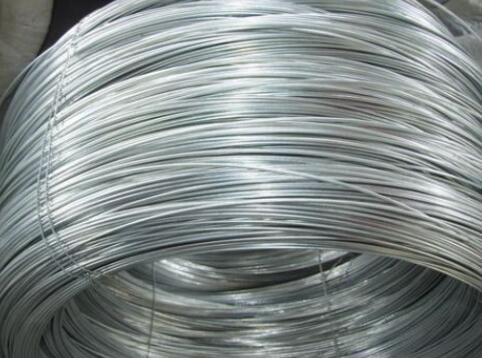The Importance of Iron Binding Wire in Various Industries
Iron binding wire, though often overlooked, plays a crucial role in a myriad of applications across different industries. This versatile wire, typically made of mild steel or iron, serves as a binding agent, facilitating both structural integrity and functionality in numerous construction and manufacturing processes. Understanding its applications, benefits, and challenges enhances our appreciation of this essential material.
One of the primary uses of iron binding wire is in the construction industry. It is instrumental in securing reinforcement bars (rebar) in concrete structures. This process, known as tying rebar, ensures that the steel bars maintain their position during the pouring of concrete, providing the necessary tensile strength to a building. The wire’s pliability allows for easy handling and manipulation, making it a favored choice among construction workers for both residential and commercial projects.
Moreover, iron binding wire is prized for its cost-effectiveness. Given that construction budgets are often tight, utilizing affordable materials without compromising quality is paramount. Iron binding wire provides an economical solution, allowing builders to achieve their structural goals while adhering to budget constraints. Its availability in various gauges and strengths further enhances its adaptability to different construction projects, ranging from small-scale residential buildings to large infrastructural works.
In agriculture, iron binding wire finds its utility in supporting plants, especially in orchards and vineyards. Farmers use it to tie young plants to stakes, ensuring they grow upright and receive adequate sunlight. This practice not only promotes healthier plant growth but also protects crops from damage caused by wind or heavy rain. The durability and resilience of iron binding wire make it suitable for these outdoor applications, where exposure to the elements is a concern.
iron binding wire

Furthermore, in the manufacturing sector, iron binding wire is used in packaging and bundling materials. Industries often rely on it to secure items for transport or storage, providing a reliable means to keep products organized and intact. The strength of iron binding wire ensures that it can withstand the stresses of transport, minimizing the risk of damage to goods. In this context, it serves a dual purpose facilitating efficient logistics while ensuring product safety.
However, the use of iron binding wire is not without challenges. One significant concern is its susceptibility to rust and corrosion, particularly in environments with high humidity or exposure to moisture. To mitigate this issue, many manufacturers have begun producing galvanized iron binding wire, which is coated with a layer of zinc to enhance its resistance to corrosion. This innovation extends the wire's lifespan and makes it a more viable option for long-term projects.
Despite these challenges, the benefits of iron binding wire far outweigh its drawbacks. Its versatility, strength, and cost-effectiveness make it a staple in various industries, from construction to agriculture and manufacturing. As industries continue to evolve, the demand for reliable materials like iron binding wire will remain steady.
In conclusion, iron binding wire is an indispensable material that underpins many aspects of our modern infrastructure and agricultural practices. Its role in binding and securing materials cannot be overstated, influencing the stability and efficiency of countless projects. As we advance in technology and construction methods, it is critical to recognize and appreciate the simplicity and effectiveness of iron binding wire, ensuring it continues to be an integral component across various sectors.

















